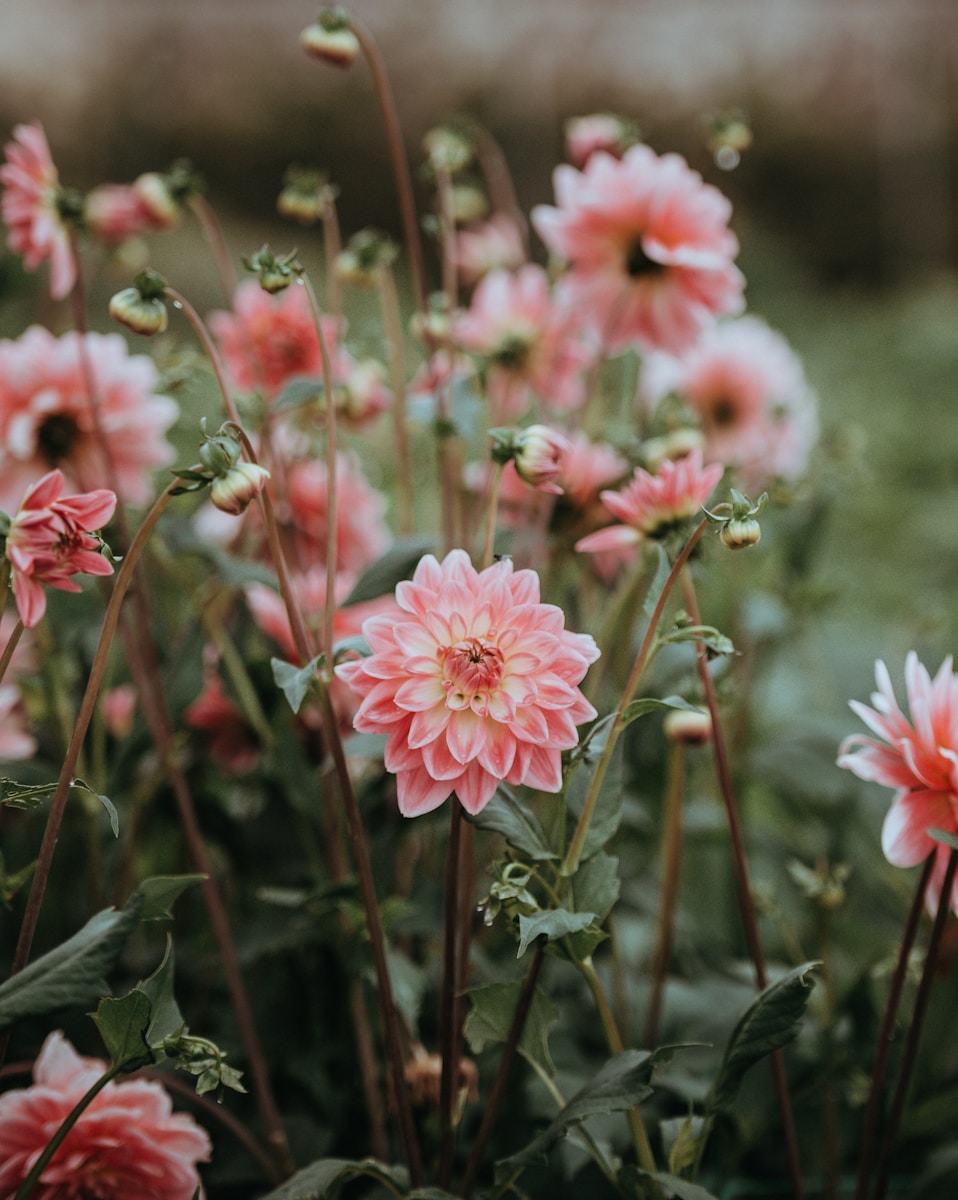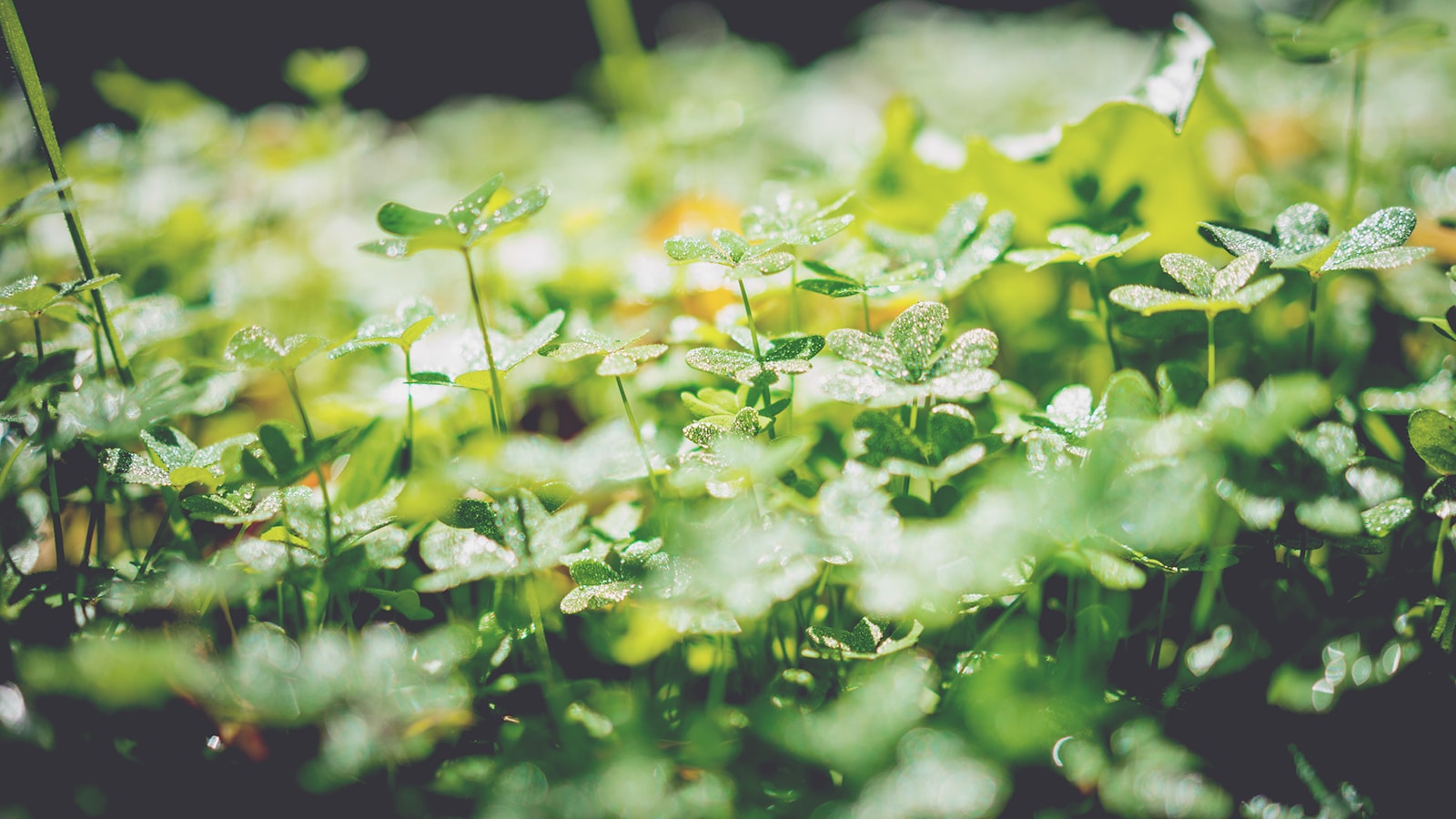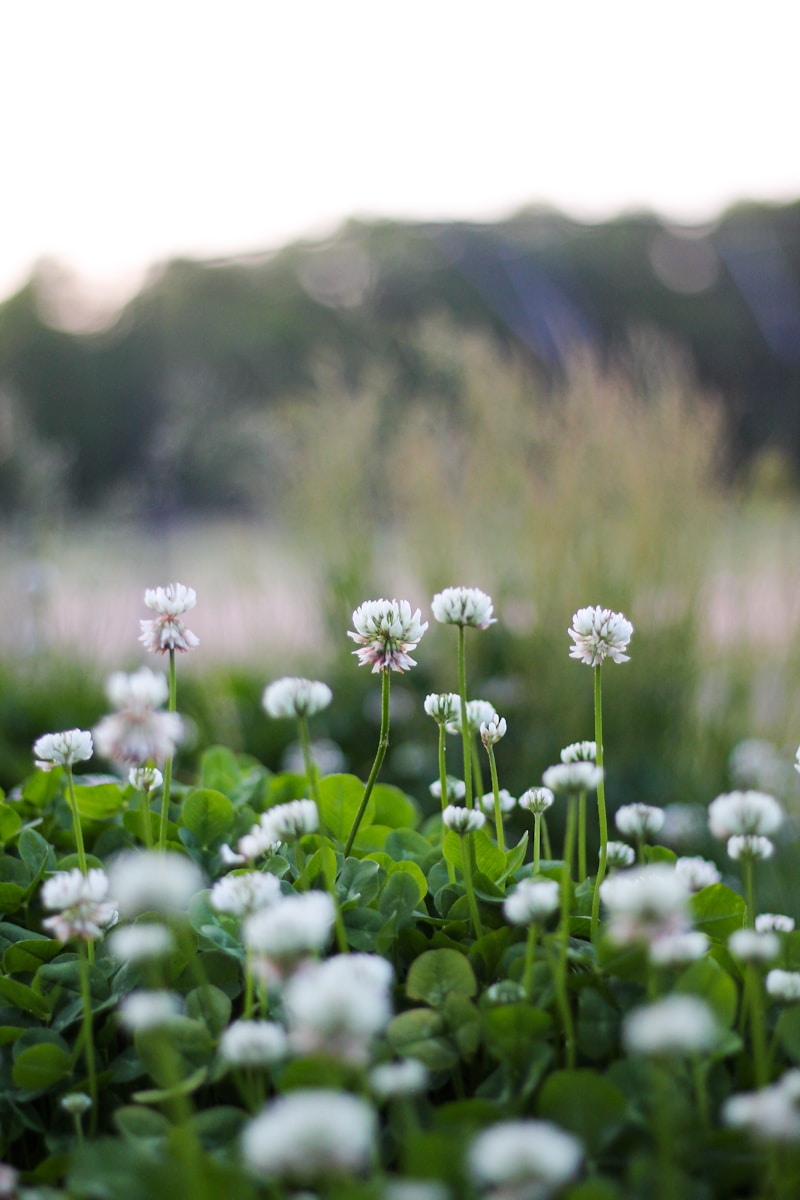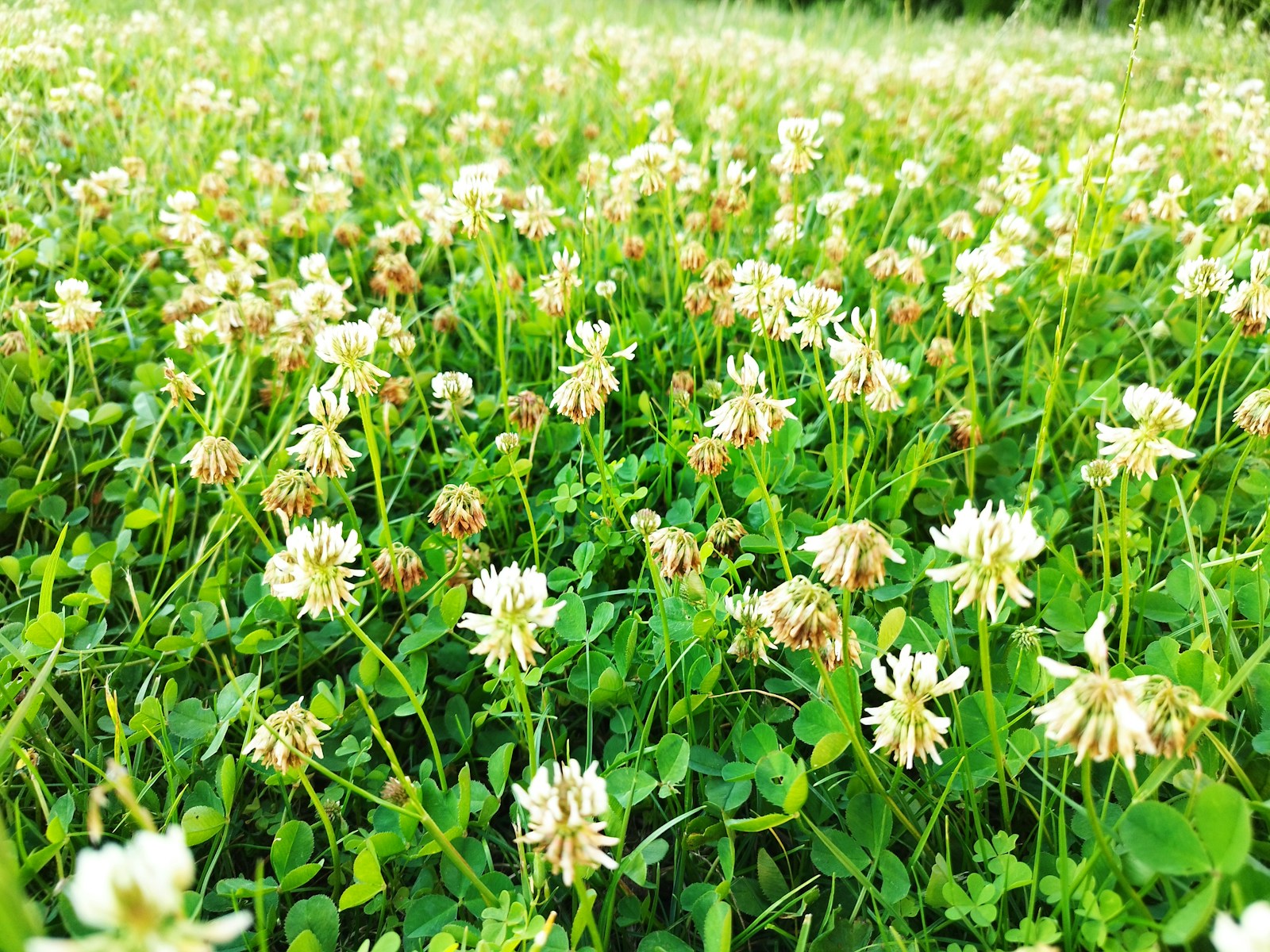In the sun-drenched gardens of Santa Fe, New Mexico, landscape artist Elena Martinez swears by dahlias as the “fireworks of summer.” But their brilliance hinges on timing. What is the blooming time for a dahlia plant? While the average is 8–12 weeks from tuber planting, this timeline stretches or shrinks based on variables like climate, care, and cultivar. For instance, Elena’s ‘Karma Choc’ dahlias, started indoors in February, erupt by late May, while her neighbor’s ‘Thomas Edison’ varieties take until July. Let’s dive into the science, stories, and strategies behind these timelines, with actionable insights for every gardener.
Understanding Dahlia Blooming Time: A Deep Dive
Dahlias (Dahlia pinnata) are photoperiodic, meaning they bloom in response to daylight length. Most varieties initiate buds when days are long (14+ hours of sunlight) and bloom as days shorten. However, temperature and soil quality are equally critical.
- USDA Zones & Regional Timelines:
- Zones 8–11 (e.g., Coastal California): Perennial dahlias bloom May–December.
- Zones 5–7 (e.g., Upstate New York): Plant tubers after frost (mid-May) for July–October blooms.
- Zones 3–4 (e.g., Montana): Start indoors 6 weeks early to compensate for shorter growing seasons.
- Tubers vs. Seeds:
Tubers bloom faster (8–12 weeks) as they store energy, while seeds require 16+ weeks to mature. The University of Minnesota Extension confirms that seed-started dahlias are ideal for breeders but impractical for quick color.
How Long Does It Take Dahlias to Bloom? Breaking Down the Timeline
- Tuber Planting to Sprout: 2–4 weeks (soil temp 60–70°F).
- Sprout to Bud Formation: 4–6 weeks.
- Bud to Full Bloom: 2–3 weeks.
Pro Tip: Use a soil thermometer! Planting tubers in 55°F soil delays sprouting by 3+ weeks. In cooler zones, warm soil with black plastic mulch 2 weeks pre-planting.
Case Study: Denver gardener Liam O’Connor uses raised beds with cloches to jumpstart his ‘Mystic Illusion’ dahlias in April, achieving blooms by late June despite Colorado’s erratic springs.
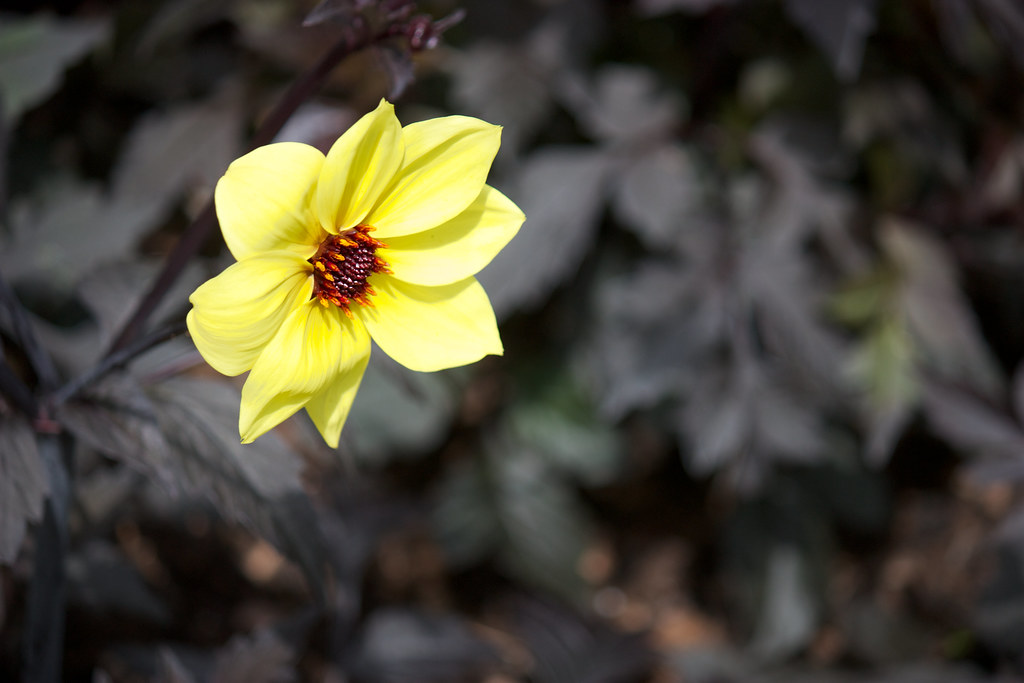
Which Dahlia Varieties Grow Fastest? A Curated Guide
The American Dahlia Society categorizes dahlias by bloom speed, size, and form. Here’s an expanded list of rapid bloomers, ideal for short seasons or impatient gardeners:
| Variety | Days to Bloom | Bloom Size | Key Traits | Best For |
|---|---|---|---|---|
| ‘Bishop’s Children’ | 60–70 days | 2–3″ | Mixed colors, fern-like foliage | Containers, borders |
| ‘Dahlinova Hypnotica’ | 55–65 days | 3–4″ | Double blooms, heat-tolerant | Cut flowers, zones 7+ |
| ‘Happy Singles’ | 65–75 days | 4–5″ | Pollinator-friendly, drought-resistant | Wildlife gardens |
| ‘Mignon’ | 50–60 days | 1–2″ | Heirloom, compact growth (12–18″) | Edging, small spaces |
| ‘Sunny Reggae’ | 70–80 days | 6–8″ | Vibrant yellow, sturdy stems | Show gardens, zones 5–9 |
Why Dwarf Varieties Win: Smaller dahlias prioritize bloom production over stem height, making them faster to flower.
How Long Does It Take Dahlias to Sprout? Troubleshooting Slow Growth
Tubers are essentially energy storage units, but poor sprouting is a common headache. Here’s how to diagnose and fix delays:
- Problem: No sprouts after 4 weeks.
Causes & Fixes:- Cold Soil: Use a heating mat under pots or cover garden beds with row covers.
- Rotting Tubers: Pre-soak tubers in a 10% bleach solution to kill fungi.
- Planting Depth: Bury tubers 4–6″ deep—too shallow exposes them to temperature swings.
Pro Tip: “Chit” tubers like potatoes! Place them in a tray of damp coconut coir at 70°F for 10–14 days until eyes (growth points) swell.
How to Get Dahlias to Grow Faster: Advanced Techniques
- Pre-Sprouting Tubers:
- Step 1: Fill a seed tray with moist peat moss.
- Step 2: Nestle tubers eye-up, covering halfway.
- Step 3: Keep at 70°F under grow lights 12 hours/day.
- Result: 2–3″ shoots emerge in 10 days, shaving weeks off outdoor timelines.
- Soil Optimization:
Dahlias crave well-draining, fertile soil. Mix in:- Compost: 30% by volume for nutrients.
- Perlite: 20% for aeration.
- Bone Meal: 1 cup per tuber for phosphorus (boosts blooms).
- Fertilizer Schedule:
- Weeks 1–4: Balanced 10-10-10 to establish roots.
- Weeks 5–8: Switch to 5-10-10 for blooms.
- Avoid High Nitrogen: Promotes leafy growth at the expense of flowers.
- Watering Hacks:
- Drip Irrigation: Reduces fungal disease risk.
- Morning Watering: Allows foliage to dry by nightfall.
- Mulch: Retains moisture and stabilizes soil temps.
Real-Life Hack: Tucson gardener Anita Ruiz uses ollas (clay watering pots buried near tubers) to maintain consistent moisture in Arizona’s arid climate.
How to Start Dahlias Indoors: A Step-by-Step Blueprint
Step 1: Timing
Start 6–8 weeks before your last frost date. In Charleston, South Carolina (Zone 8b), this means mid-January for April transplants.
Step 2: Container Setup
- Pot Size: 12–14″ diameter with drainage holes.
- Soil Mix: 50% potting soil, 30% compost, 20% coarse sand.
- Planting Depth: 4–6″, with eyes facing up.
Step 3: Light & Temperature
- Grow Lights: Position 6″ above sprouts for 14 hours/day (LED full-spectrum lights are ideal).
- Temperature: Maintain 65–70°F during the day, 55–60°F at night to mimic spring conditions.
Step 4: Hardening Off
- Days 1–3: Place pots outdoors in shade for 2 hours.
- Days 4–7: Gradually increase to 6 hours of morning sun.
- Days 8–10: Leave outdoors overnight if temps stay above 50°F.
Pro Disaster Avoidance: Label pots with waterproof markers! A mix-up once left Seattle gardener Jenna with a bed of orange ‘David Howard’ dahlias instead of her planned pastel ‘Jowey Winnie’ display.
Planting Zones Decoded: Tailoring Strategies to Your Region
- Hot Climates (Zones 9–11):
- Plant in partial afternoon shade to prevent petal scorch.
- Use light-colored mulch (e.g., straw) to reflect heat.
- Cool Climates (Zones 3–6):
- Opt for dark mulch to absorb sunlight and warm soil.
- Plant against south-facing walls for radiant heat.
Sustainability Spotlight: In Portland, Oregon, the Dahlia Society partners with rainwater harvesting programs to irrigate public gardens, reducing municipal water use by 40%.
Sustainability in Dahlia Gardening: Beyond the Basics
- Companion Planting:
- Marigolds: Repel nematodes.
- Nasturtiums: Deter aphids and beetles.
- Eco-Friendly Pest Control:
- Slug Barriers: Copper tape or crushed eggshells around stems.
- Neem Oil: Apply biweekly to combat powdery mildew.
- Tuber Recycling: Donate extras to community gardens or schools.
Common Mistakes & Expert Solutions
- Overcrowding:
- Symptom: Sparse blooms, moldy foliage.
- Fix: Space tubers 24–36″ apart; stake tall varieties early.
- Ignoring Soil pH:
- Ideal Range: 6.5–7.0. Test annually with a $15 kit.
- Adjustments: Add lime to raise pH or sulfur to lower it.
- Skipping Deadheading:
- Why: Redirects energy from seed production to new blooms.
- How: Snip spent flowers ¼” above the nearest leaf node.
Real-Life Success Stories: Inspiration from Coast to Coast
- Urban Oasis in Chicago: Rooftop gardener Carlos Mendez uses fabric grow bags and a DIY drip system to cultivate 50 dahlia varieties, including slow-blooming ‘Café au Lait,’ which he coaxes to flower by late July.
- Coastal Maine Triumph: Retiree Margaret Hayes preheats her greenhouse with a wood-fired stove, allowing her ‘Penhill Watermelon’ dahlias to bloom by June despite frosts lingering into May.
Final Thoughts: Patience, Precision, and Payoff
Dahlias are equal parts science and art. By selecting fast-maturing varieties, optimizing soil, and leveraging indoor starts, you can transform your garden into a summer-long gallery of color. Whether you’re battling the heat of Texas or the chill of Vermont, these strategies ensure your dahlias won’t just bloom—they’ll dazzle.
